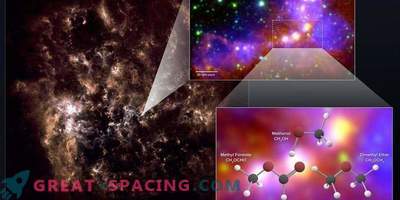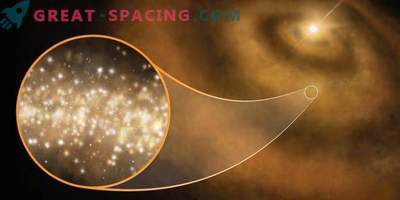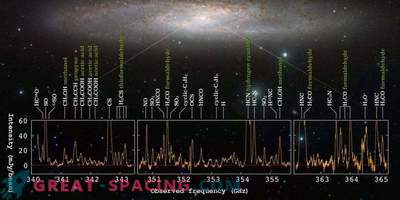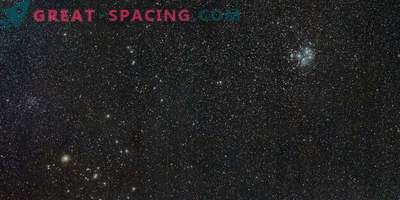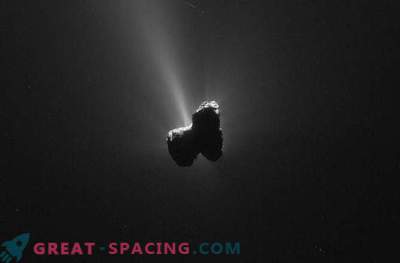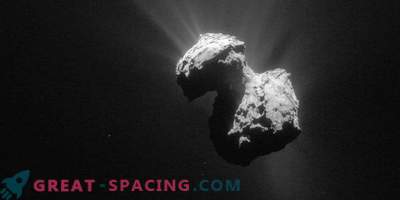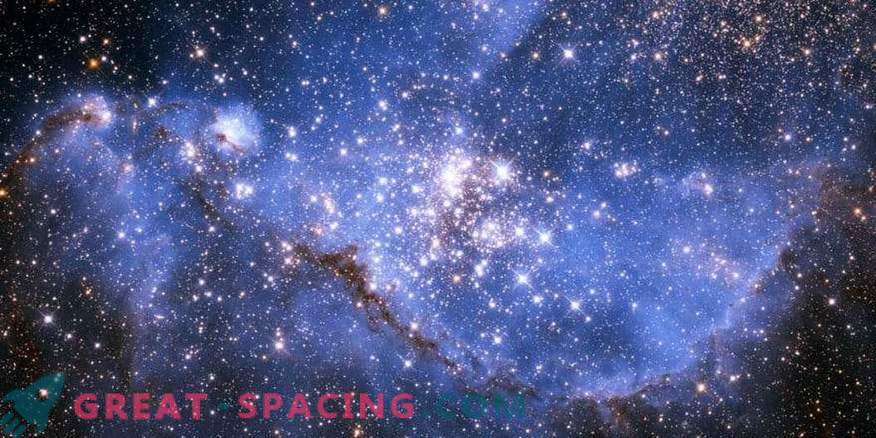
The researchers used the ALMA capabilities and found a weak molecular trace of methyl chloride - a chemical that is created under terrestrial conditions in industrial and biological processes. It turned out that it was present in the IRAS 16293-2422 system, and specifically in the atmosphere around comet 67P / Churyumov-Gerasimenko.

ALMA noticed organohalogen methyl chloride around newborn stars in IRAS 16293-2422. They were caught by the probe of the Rosetta in the thin atmosphere surrounding the 67P / H-H
Methyl chloride (CH3Cl) belongs to the class of organohalogens. But do not rejoice. Previously, scientists believed that the presence of this substance in foreign worlds would 100% hint at the presence of life. But the discovery makes one doubt this, since methyl chloride is able to form naturally in interstellar clouds and lasts a long time.
IRAS 16293-2422 - a collection with children's stars and protostars, distant by 400 light years. Still, it was amazing to find this substance near young stars in such concentrations. Also, this discovery allows you to better understand the initial conditions of organic chemistry on the planets.

Approximate location 67P / H-G when the Rosette probe noticed traces of methyl chloride
ALMA is able to function as an interstellar chemical analyzer that can capture weak radio signals from molecules. Each one has a unique signature and requires a sensitive search tool.
The Rosette apparatus was able to fix the molecule in the atmosphere of a comet using the ROSINA tool. Concrete detection also proves that organic chemistry in the interstellar medium includes halogens that have not been previously found.
In addition, ALMA and Rosetta found the molecule in the same volume. Comets are remnants of the early solar system, which means they save a picture of how it all began and allow you to look in and explore the past. Now it is important to understand how much organic content went to comets from the early stage of star formation.
